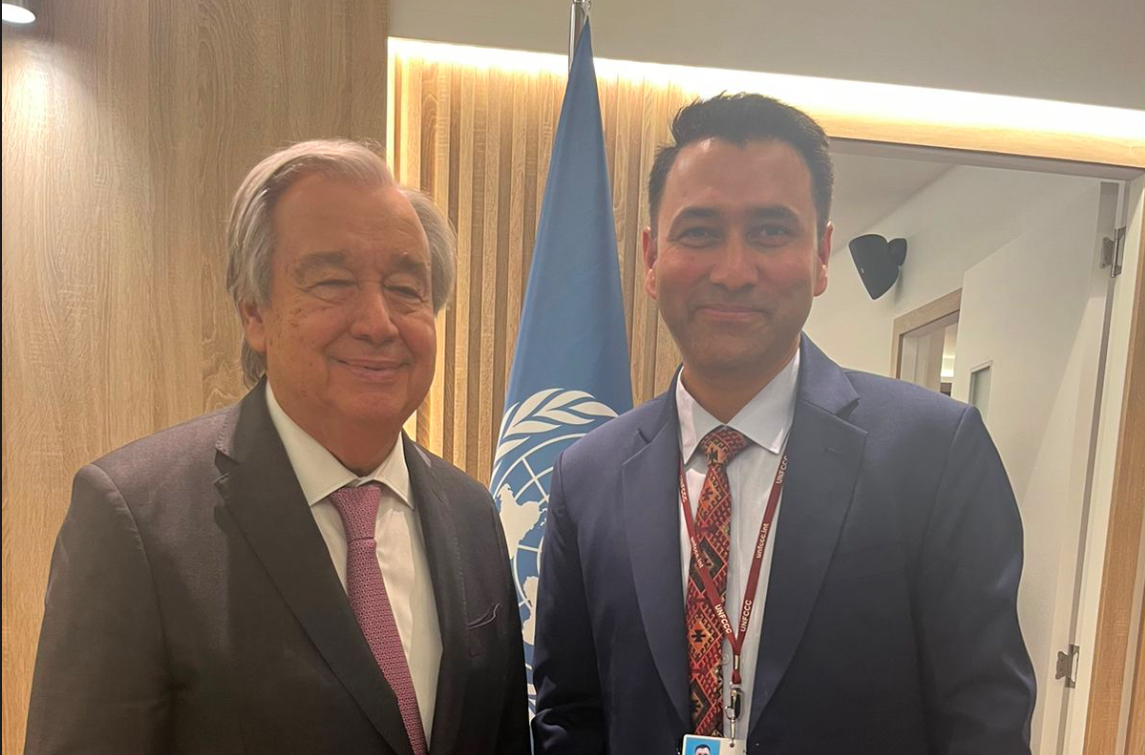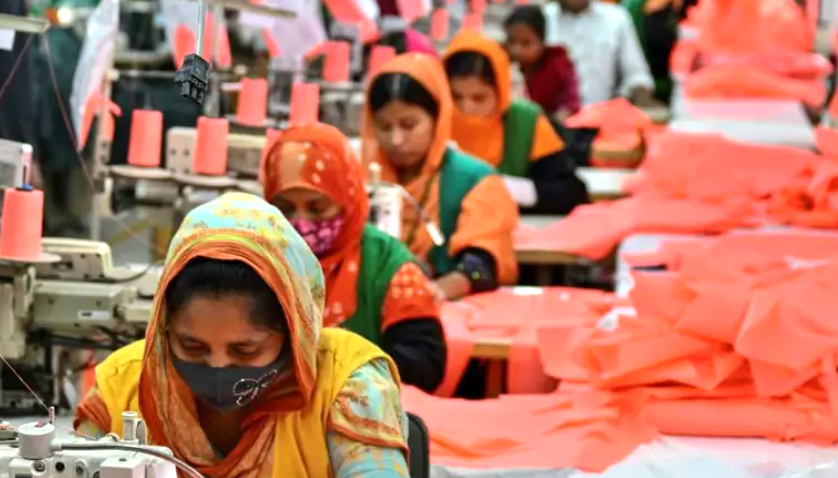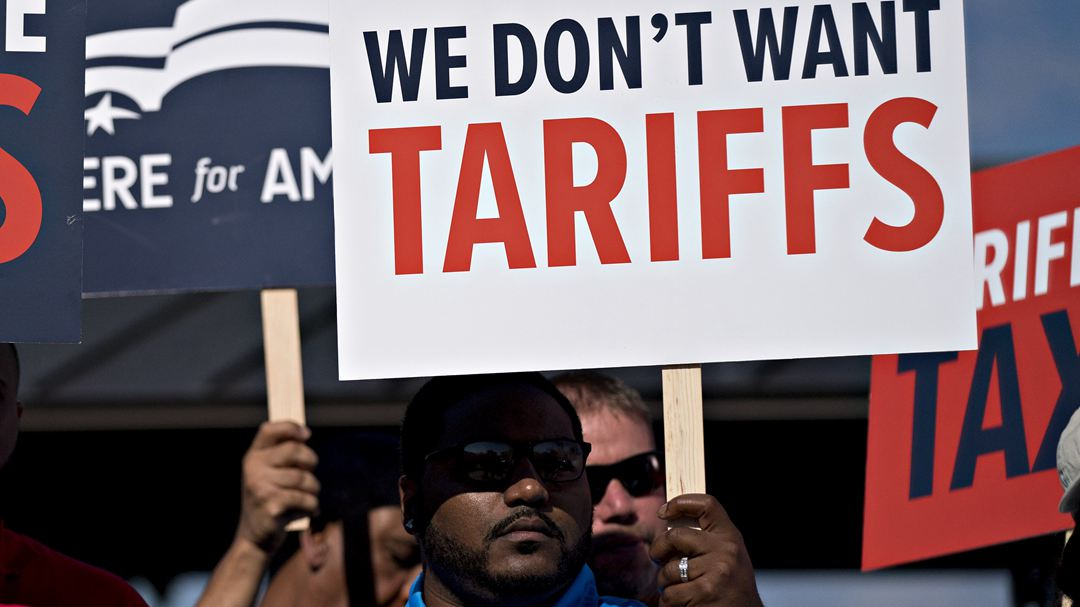China’s ultimate strategy will be to govern the world with a vision of Pax- Sinica’

First of all, BRI. What do you think may have led Chinese President Xi Jinping to come up with such an ambitious project called the Belt and Road Initiative (BRI)?
There are domestic and international reasons for the initiation of the Belt and Road Initiative in 2013. Post 2008 Global Financial Crisis, China swiftly launched a 4 trillion RMB stimulus package. This stimulus package was extremely effective not only in sustaining the speed of China’s economic growth, but also in contributing to stabilize the global economic crisis. However, this 4 trillion RMB stimulus package also created excess manufacturing capacity in many natural resources and industrial manufacturing sectors, including steel production. By 2013, the issues of excess production capacity in China’s industrial sectors became more acute. A natural economic rationale for China was to export its excess production capacity to regional countries to help build these countries’ infrastructure. Therefore, it alleviates the pain of shutting down steel mills and factories, and rising unemployment inside China.
In 2013, Xi Jinping became China’s new president. President Xi abandoned the previous four decades of Chinese foreign policy doctrine of “ hide your brightness and bide your time”. China did what a nation who believed itself to be exceptional naturally would do, to seek its legitimate place in the world that pairs up with its economic status as the world’s second largest economy, and in a decade, projected to be the world’s largest economy. The Belt and Road Initiative was named the top national strategy of China, or what I equate to the US Grand Strategy. The BRI aims to exert China’s comprehensive economic, geopolitical, and strategic power across continental Eurasia and maritime Pacific.

Many see the BRI as a Chinese effort to regain its place in history. Do you agree?
I agree. The US and China are the only two modern sovereign nations in the world who each claims a national dream and a global destiny. Chinese Dream is anchored on the Century of national humiliation in the 19-20th century filled with foreign invasions. According to Mr. Xi’s Two 100-year Plans, the Chinese dream is by the centennial anniversary of the founding of the People’s Republic of China around 2050, for China to become among the greatest nations in the world, or basically to assume a type of global leadership.
The BRI is China’s transitory grand strategy between 2013 when the idea first arose to around the mid point of the Century, at the conclusion of the second One Hundred Plan. If BRI is successfully carried out, China’s ultimate grand strategy after 2050 will be to govern the world with a vision of a Chinese order, i.e. Pax- Sinica.
At a time when the US seems to be pushing its Indo-Pacific Strategy vigorously, do you think China would be able to resist the US pressure with BRI alone?
When (Dr Henry) Kissinger talked about China’s BRI, he pointed out that despite all the South China Sea island spats, the South China Sea, or to a larger extent, the Into-Pacific (Asia Pacific) will remain largely peaceful. The US has indisputable maritime military dominance. China is a second, and a rising second. China knows fully well that by a potential challenge to the US’s maritime dominance, it is not likely to bring about a change in that leadership. China, under normal circumstances, would remain defensive and constrained in its actions.
Asian countries along the maritime route, however, do face an ongoing dilemma of recognizing a tale of two Asias. China is the leader of an economic Asia, and the US, the leader of a security Asia. It would take political wisdom of leaders in the region to balance the two powers, and from which, to maximize its own interest, alliances and security.
However, the game changer is likely to happen along BRI’s continental route along Eurasia. Continental Eurasia is a region the US has failed to dominate with neither of its hard power nor soft power, neither during the Cold War or after the Cold War. China’s infrastructure development could fundamentally pivot the balance of power along the Eurasian continent.
Many Asian countries seem to be worried that they might fall into debt trap if they sign up to the BRI? What do you think could be the win-win for both sides?
Sustainability of the debt model in infrastructure financing poses a real systemic risk, not only to the recipient countries, but also to China. 50 recipient countries of China’s debt finance, on average, has received the amount of Chinese debt equivalent to 17% of its country’s GDP, according to the Economist. These are shocking figures. However, so much has been talked about of the debt trap, very little has been talked about of China’s strategic vulnerability in lending to these regimes, many of which are illiberal, some autocratic, and some semi-democratic. If these regimes incurred a military coup, a leadership change, or a revolution, China’s debt to these countries could be forfeited and projects savaged by the coming leadership. Political accountability or financial recourse were nowhere to be found. The risks lie on both sides. Financial transparency and sound financial governance of these infrastructure projects, and ultimately the financial health and feasibility of the recipient country in taking on the amount of debt must be paramount considerations.
What do you see the future of the BRI in the wake of the US-China trade war and Brexit, among others?
The sustainability of the BRI will be contingent on the sustainability of China’s economic growth. If Chinese economy incurred a hard landing due to US-China trade war, the BRI will no longer be financially feasible. The BRI is also continent upon China’s ability to articulate its soft power to the region. Countries will engage with other countries purely on economic basis. But in order for China to achieve its strategic objective of forming a “community of common destiny” with the 66 countries along the BRI, hard economic power is not enough. China will need to have the soft power, a set of ideational values on what a China-posited common destiny is, that are inspiring enough for the countries to follow, so that China’s strategic leadership to the region becomes possible.
How do you think countries like Nepal could benefit from the BRI at a time when their immediate neighbour, India, hasn’t signed up to it?
Nepal signed up in 2017 to the BRI. What is imminently exciting is the China-Nepal railway extended from Tibet through Mount Everest to Nepal border Rasuwa district by 2020. The same Railway will be further extended to Kathmandu by 2022. This will bring much needed trade between Nepal and China,and increase Nepalese tourism revenue by bringing Chinese tourists. China is also encouraging Nepali students to study in the Chinese universities.
Dr Shirley tweets at @shirleyzeyu



















Facebook Comments